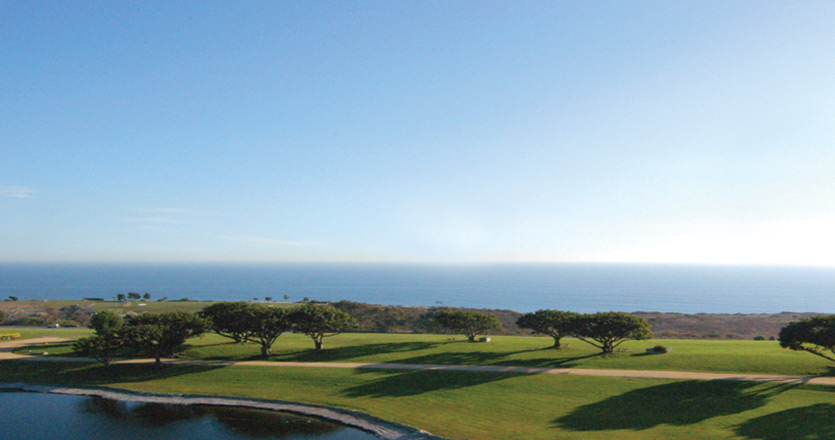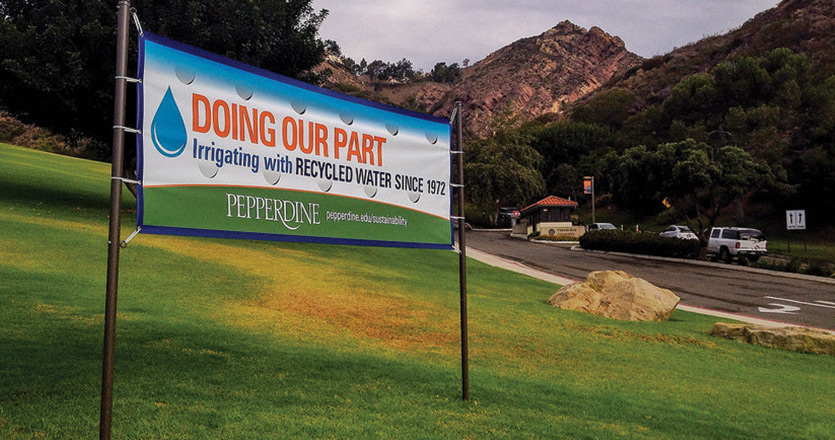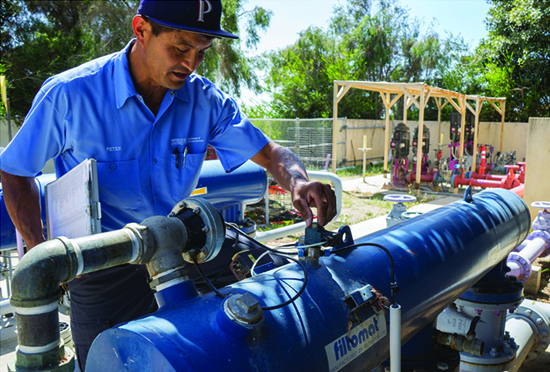Water

California Water
Pepperdine has been very successful in efficiently using water on campus and has saved roughly 4 billion gallons of water since the construction of the campus. This is important as California's increasing population is anticipated to reach 48 million by 2030, increasing demands on water supplies by 40 percent. Given the periodic droughts we experience and the increasing scarcity of water as a resource in California, it has been a top priority for Pepperdine since the 1970s to build a strong foundation for water conservation and recycling.
Pepperdine's founding director of the Center for Sustainability, Rhiannon Bailard, addressed the California drought and state water restrictions on NPR in May of 2016. Take a listen!
History
Pepperdine's commitment to water conservation dates back to the construction of the Malibu campus in 1972. For more than 40 years, the University has recycled all wastewater generated on the Malibu campus using tertiary treatment. The treatment occurs at both Tapia reclamation plant and Malibu Mesa reclamation plant. Pepperdine and the Malibu Country Estates neighbors paid for the construction of Malibu Mesa as there is no regional wastewater system in Malibu.
Campus Irrigation

The resulting recycled water is used for 99 percent of campus irrigation, which would otherwise require "new" or potable water. Pepperdine stores the reclaimed water in two lakes on campus. The lakes are regularly cleaned and the material removed from the bottom of the lakes is used as a natural fertilizer throughout campus.
Irrigation Monitoring Program

Since 1987 Pepperdine University has operated an irrigation monitoring program specifically designed to conserve water and reduce runoff from campus. The irrigation schedule is administered by an advanced automated central control system based upon historical irrigation practices. The system adjusts according to current climactic conditions collected by on-site weather stations, inspection of plant health, and soil moisture estimates made by Pepperdine personnel.
Water-Saving Devices
In 2003 Pepperdine decided that dual flush toilets would be used for all future toilet replacements. One dual flush toilet can save 18,000 gallons a year. Seventy-six such toilets have already been installed on campus. Low-flow shower heads are also used on campus, which reduce water usage by about 50 percent. Pepperdine is currently testing a waterless urinal, which could potentially save 40,000 gallons of water per urinal.